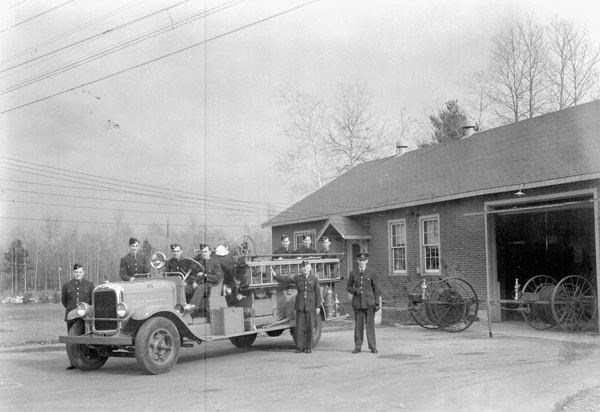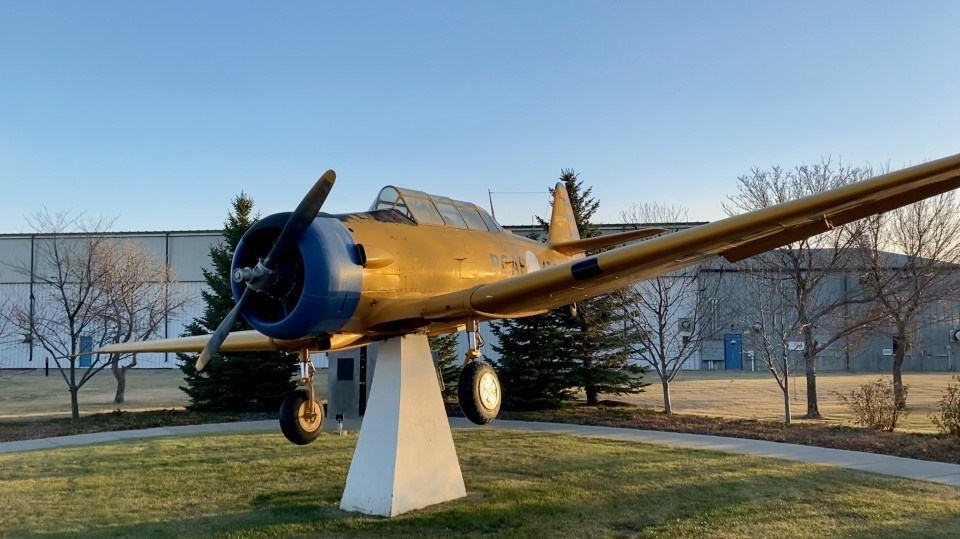As you drive onto the 15 Wing Base, Moose Jaw, you will see this T-6 Harvard Mk. IV, serial number RCAF 20456 (above pictured), gleefully resting on a plinth. Built by Canadian Car and Foundry in 1952, it was put on display after an illustrious career in the RCAF.
The North American Harvard Trainer, known as the Texan to Americans, was a common sight in Moose Jaw when the Royal Air Force operated #32 Service Flying Training School during WW II. The Harvard provided ‘intermediate' pilot training.
New Pilots got their wings after qualifying on the single engine Harvard or multi-engine trainers like the Cessna Crane and Avro Anson. Examples of all these aircraft are on display at the Moose Jaw Western Development Museum. The Museum’s Crane was used in Brandon.
Qualifying as a pilot on a single engine Harvard usually meant the pilot went on to advanced ‘Fighter’ training in the UK. Getting your Wings on a multi-engine aircraft usually meant you went on to the UK for advanced training and the to a Heavy Conversion Unit where they became a Heavy Bomber pilot.
(The British had a thing about naming aircraft after education institutes. Like the ‘Yale’, the predecessor of the ‘Harvard’. There was also the Airspeed Oxford.)
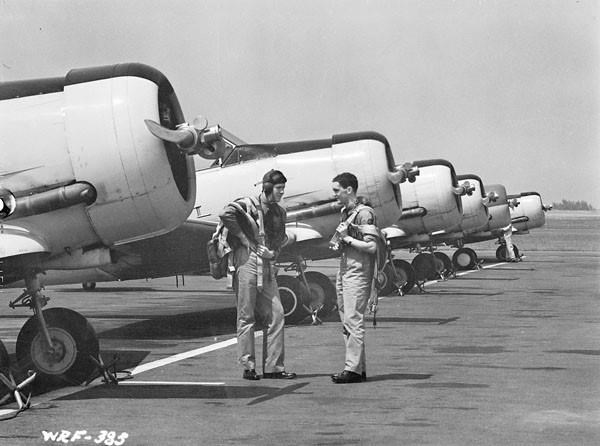
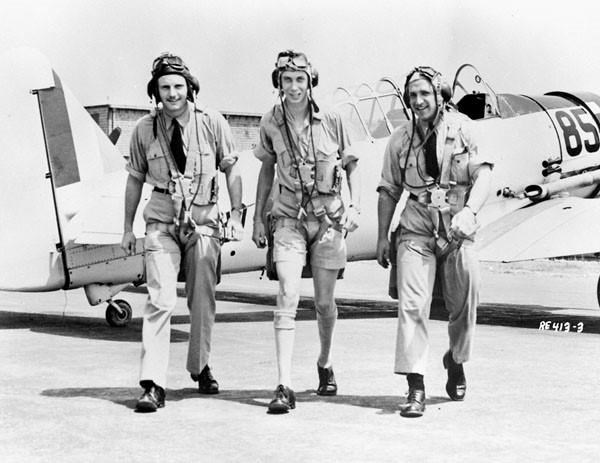
Three Steps for Wartime Pilot Training in Canada
The steps were, Initial Training, which was ‘sort of like’ high school all over again. If you qualitied for Pilot Training you were posted to an Elementary Flying Training School like the ones in Regina (RCAF), High River (RCAF), Assiniboia (RAF), Caronport (RAF) or one of many more.
Elementary Flying Training School Aircraft
EFTS was centered around the de Havilland Tiger Moth, a single engine bi-plane. Training was usually ten hours of dual control, then the fledgling pilot soloed. That was followed by another forty hours of Tiger Moth training. Upon graduation the ‘fledgling’ went on to a Service Flying Training School.
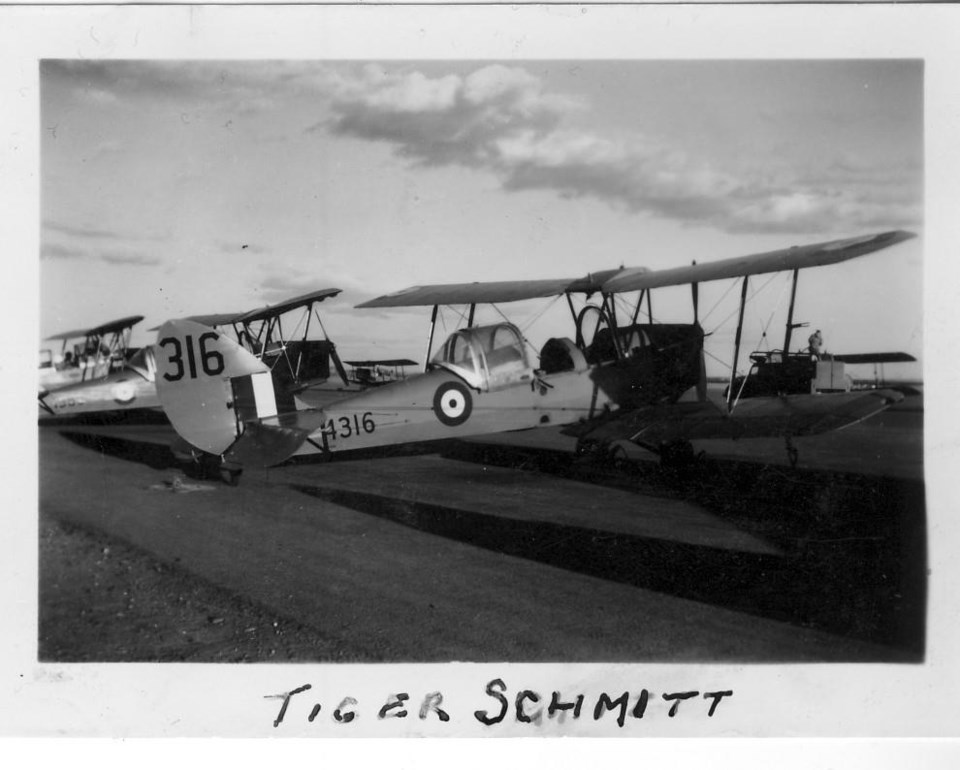
This particular Tiger Moth I, Model D.H.82C, # 4316 was taken on strength 7 December 1940 at No. 5 Elementary Flying Training School, High River, Alberta. It was Stuck off Strength on 25 August 1943 and was scrapped. Credit the ‘Walker’ records (rwwlaker.ca)
Al Seward flew this Tiger Moth in the course of his pilot training. The ‘hard top’ was added specifically for prairie flying. It was normally an open cockpit aircraft but that didn’t work in minus thirty prairie weather.
Pilot Training in Canada was under the British Commonwealth Air Training Plan. Pilots came from the Commonwealth and all over the world to learn to fly. Many Americans joined the RCAF and RAF because the United States did not enter World War One until December 1941, almost 2 years after the War started.
The United States Army Air Force, as it was known in WW II, required all pilots to be College graduates. The RCAF, RAF and other Commonwealth Air Forces did not have this qualification. Their system of ‘3 Stages’ produced wonderful pilots who, for the most part, were not College graduates.
Before it Was 15 Wing
The Air Base south of Moose Jaw was opened by the British RAF in November 1940 as #32 Service Flying Training School. The school remained open until November 1944 and graduated 1207 students.
In 1952 it was re-opened at No. 2 Flying Training School.
Several other old Air Training Schools were reactivated in 1952 because of the War in Korea, the advancement of the Cold War and requests from NATO.
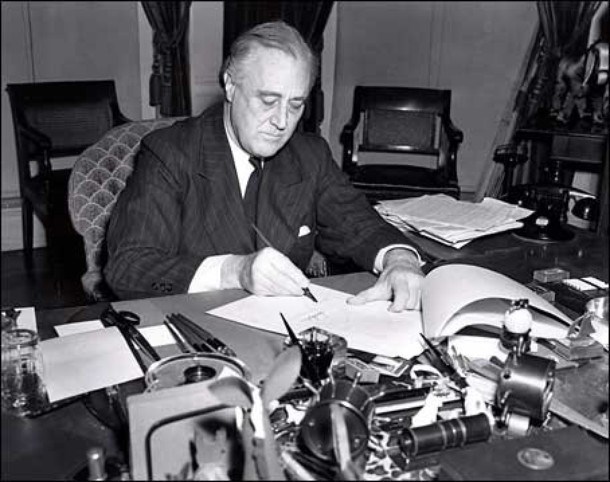
Who Supplied the Training Aircraft?
The Tiger Moths initially came from the UK but were soon being manufactured in Canada.
The Harvard, based on its forerunner the fixed undercarriage Yale, was a different story. Initially they were built in the North American factory in California and ‘snuck’ into Canada by way of the “Lend-Lease Act”.
United States was a neutral country. They were prohibited from selling Harvard aircraft to the RCAF or the RAF. The way around this was the same was what countries are doing today for Ukraine. Material was ‘loaned’.
Americans agreed to sell aircraft to the RAF, which sent them on to the RCAF. Hence, the Cessna Crane. This was done by trading some British Bases and agreeing to pay for the aircraft with gold or paying for the aircraft later.
Republicans supported Neutrality. But, they liked the money that could be made, selling to the RAF.
Tada! The arrival of aircraft.
The following Canadian Press story that appeared in the Moose Jaw Times Herald on Thursday, November 9, 1939 gives the ‘meat’ of the story and the specifications for the Harvard.
Moose Jaw Times Herald
Thursday, November 9, 1939
“U.S. Planes Likely Be Used In Empire Air Scheme
“London, November 9, 1939 – (CP) –
“Aviation circles today suggested North American Harvard trainer airplanes ordered for the Royal Air Force and held up in the United States pending lifting of the arms embargo may now be delivered to Canada for use in connection with the Empire air scheme instead of being shipped to the United Kingdom.
“Support is lent to the theory by the fact that large regular deliveries of the British made Miles Master training monoplane are being made to R.A.F. training schools.
“Experts here favor the Master because, with a top speed of 270 miles an hour, it is 50 miles an hour faster that the Harvard.
“Local Development
“New York, November 9, 1939 – (CP) – A report form London that Canada may receive the North American Harvard training airplanes ordered in the Unites States by the Royal Air Force was described in aviation circles here today as a “logical development.”
“One aviation official, who declined use of his name, said, ‘As Canada is to be the Empire base for advance training of British air fighters. It is logical that the Harvard should be shipped to Canada.’
“While North American Aviation Company officials declined to discuss the matter, it was learned that 500 or more of the low-wing monoplanes are on order by Britain.
“The Harvards were standard training equipment in England before the war and the original British order was for 400 of them. Of these, 325 have been delivered across the Atlantic. The remaining 75 have been completed and may be the first consignment sent to Canada. In addition, there is ready for delivery sufficient spare and repair parts to compromise another 50 planes.
“Since the original order the British government placed another, and this was described here as being for ‘several hundred machines.’ The exact number of Harvard trainers covered by this order has not been announced, but authoritative circles say it is larger than the first order for 400 planes.
“Stopped by Embargo
“Some time ago the Canadian government bought 15 of the Harvard trainers and these were delivered before the war. Another Canadian order for 15 could not be filled because of the United States neutrality act and its embargo on implements of war but the planes were completed. Now that the arms embargo has been revoked, they may be delivered at an early date.
“The Harvard trainer has a service or cruising speed of from 225 to 250 miles an hour. It is powered by a 550 horsepower Pratt and Whitney Wasp motor, has a wing span of 42 feet and is 24 feet long. The monoplane has an all metal wing but the fuselage is fabric. The landing gear is non-retractable, while the propeller has a double pitch – flat for take off and high pitch for cruising. The wings are equipped with split, trailing edge flaps for air braking to reduce the landing speed.”
No. 1 SFTS Camp Borden
